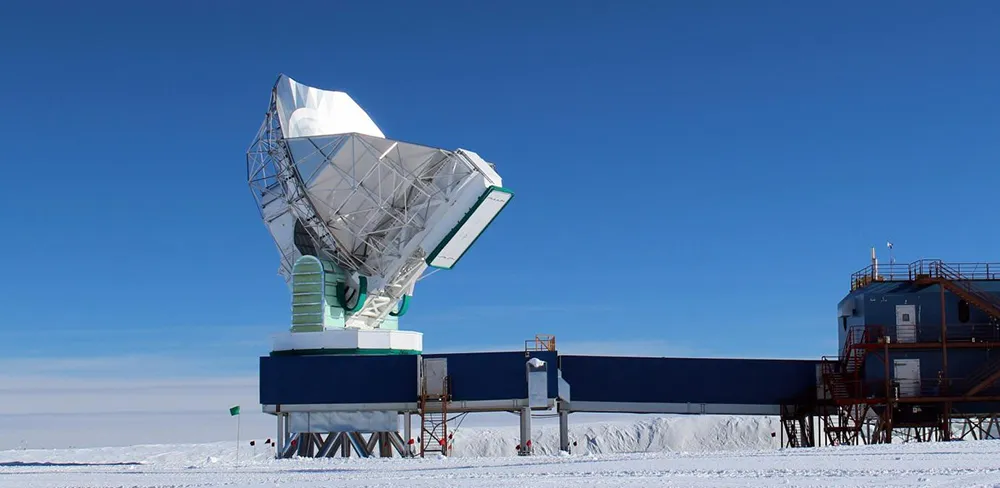For the first time ever, astronomers have succeeded in imaging a black hole. Or rather the 'shadow' of a black hole.
"It's like looking at the gates of hell and seeing the end of space and time," according to radio astronomer Heino Falcke of Radboud University in Nijmegen, the Netherlands, speaking at a press conference in Brussels, Belgium.
A black hole doesn't emit any light of course, but the light of neighbouring gas clouds is bent and diverted by the black hole's tremendous gravitational pull.
In some cases, a ray of light can almost completely circle around a black hole before it 'escapes' in the direction of Earth. The result is a ring of light, surrounding a dark 'shadow'.
The new image of the supermassive black hole at the core of the elliptical galaxy M87, at a distance of some 55 million lightyears, neatly matches theoretical expectations.
From the diameter of the ring of light (some 100 billion kilometers), Falcke and his colleagues deduced the mass of the black hole: a whopping 6.5 billion times the mass of our Sun.
The photo has not been made in visible light. Instead, it shows much longer radio waves at millimetre wavelengths.
To image the distant black hole in so much detail, astronomers observed it simultaneously with radio telescopes in Spain, the United States, Mexico, Chile, Hawaii and at the South Pole.

The observations, carried out over a period of four days in the spring of 2017, were then precisely combined ('correlated') to achieve the same spatial resolution as would have been obtained with an imaginary radio dish as large as Earth.
According to theoretical astrophysicist Luciano Rezzolla of Goethe University in Frankfurt, Germany, the spectacular image is the first direct evidence for the existence of black holes and of their so-called event horizons.
This 'surface' acts like a cosmic one-way door that encloses the black hole: things can fall in, but nothing will ever be able to escape.
"Until now, the event horizon was just a mathematical concept," says Rezzolla. "It has now finally turned into a real physical object."
The Event Horizon Telescope project (spearheaded by Falcke and Shep Doeleman of Harvard University in Cambridge, Massachusetts) is a collective effort of over 200 scientists all around the globe.
Today, the team published six papers in a special edition of Astrophysical Journal Letters, detailing their results.
According to Monica Moscibrodzka (Radboud University), it was "a life changing experience" to see the first real image of a black hole appear on her computer screen.
Until now, astronomers had to do with computer simulations and artist's impressions.
The fact that the light ring around M87 is brighter at the bottom than at the top is due to a relativistic phenomenon known as doppler boosting, which occurs when matter is moving toward the observer at almost the speed of light.
According to Moscibrodzka, the observations imply that the gas is rotating around the black hole in a more or less clockwise direction.